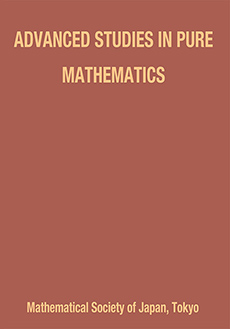Abstract
This paper addresses the problem of approximating random variables in terms of sums consisting of a real constant and of a stochastic integral with respect to a given semimartingale $X$. The criterion is minimization of $\mathbf{L}^2$–distance, or "least-squares". This problem has a straightforward and well-known solution when $X$ is a Brownian motion or, more generally, a square-integrable martingale, with respect to the underlying probability measure $P$. We address the general, semimartingale case by means of a duality approach; the adjoint variables in this duality are signed measures, absolutely continuous with respect to $P$, under which $X$ behaves like a martingale. It is shown that this duality is useful, in that the value of an appropriately formulated dual problem can be computed fairly easily; that it "has no gap" (i.e., the values of the primal and dual problems coincide); that the signed measure which is optimal for the dual problem can be easily identified whenever it exists; and that the duality is also "strong", in the sense that one can then identify the optimal stochastic integral for the primal problem. In so doing, the theory presented here both simplifies and extends the extant work on the subject. It has also natural connections and interpretations in terms of the theory of "variance-optimal" and "mean-variance efficient" portfolios in Mathematical Finance, pioneered by H. Markowitz and then greatly extended by H. Föllmer, D. Sondermann and most notably M. Schweizer.
Information
Digital Object Identifier: 10.2969/aspm/04110141


